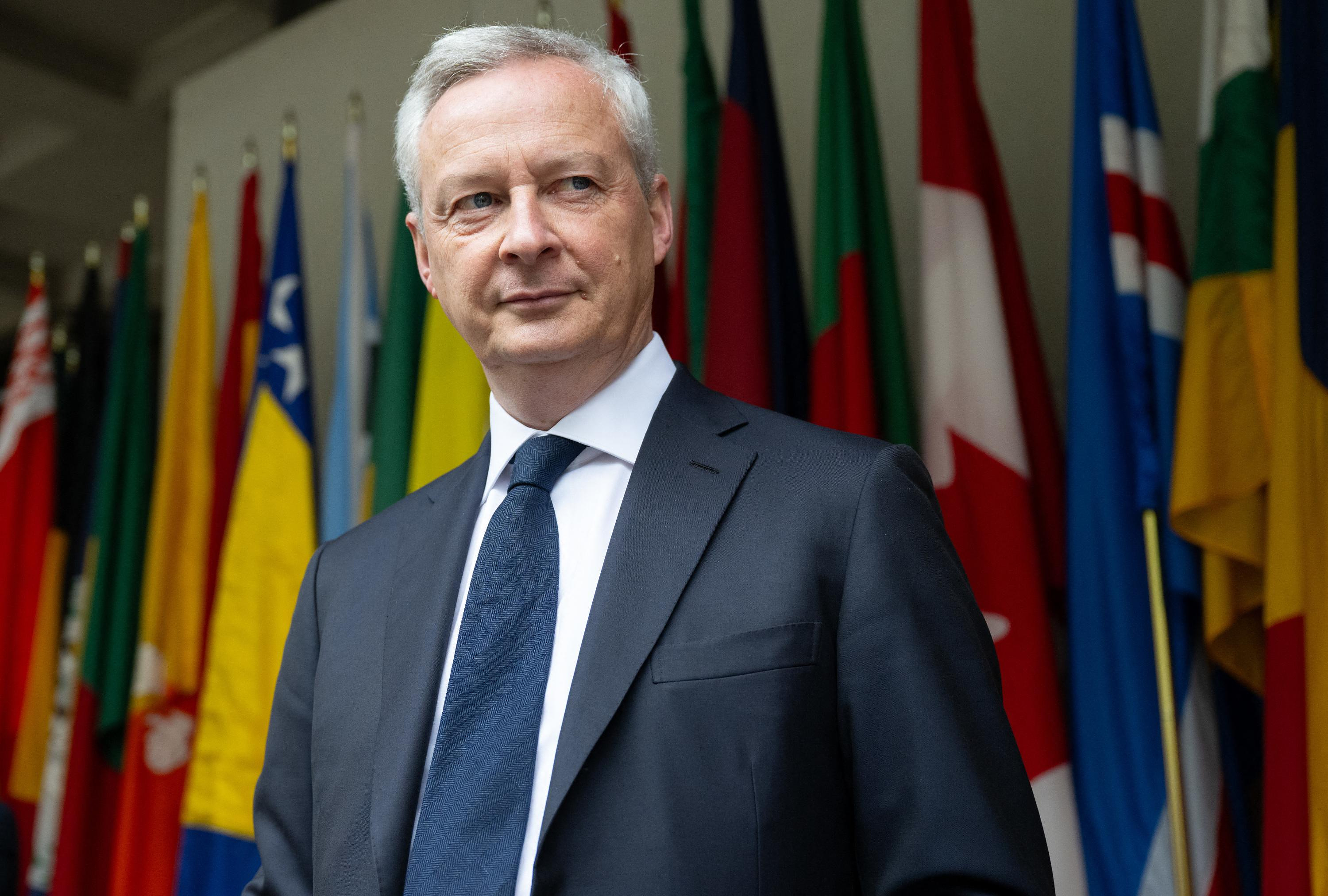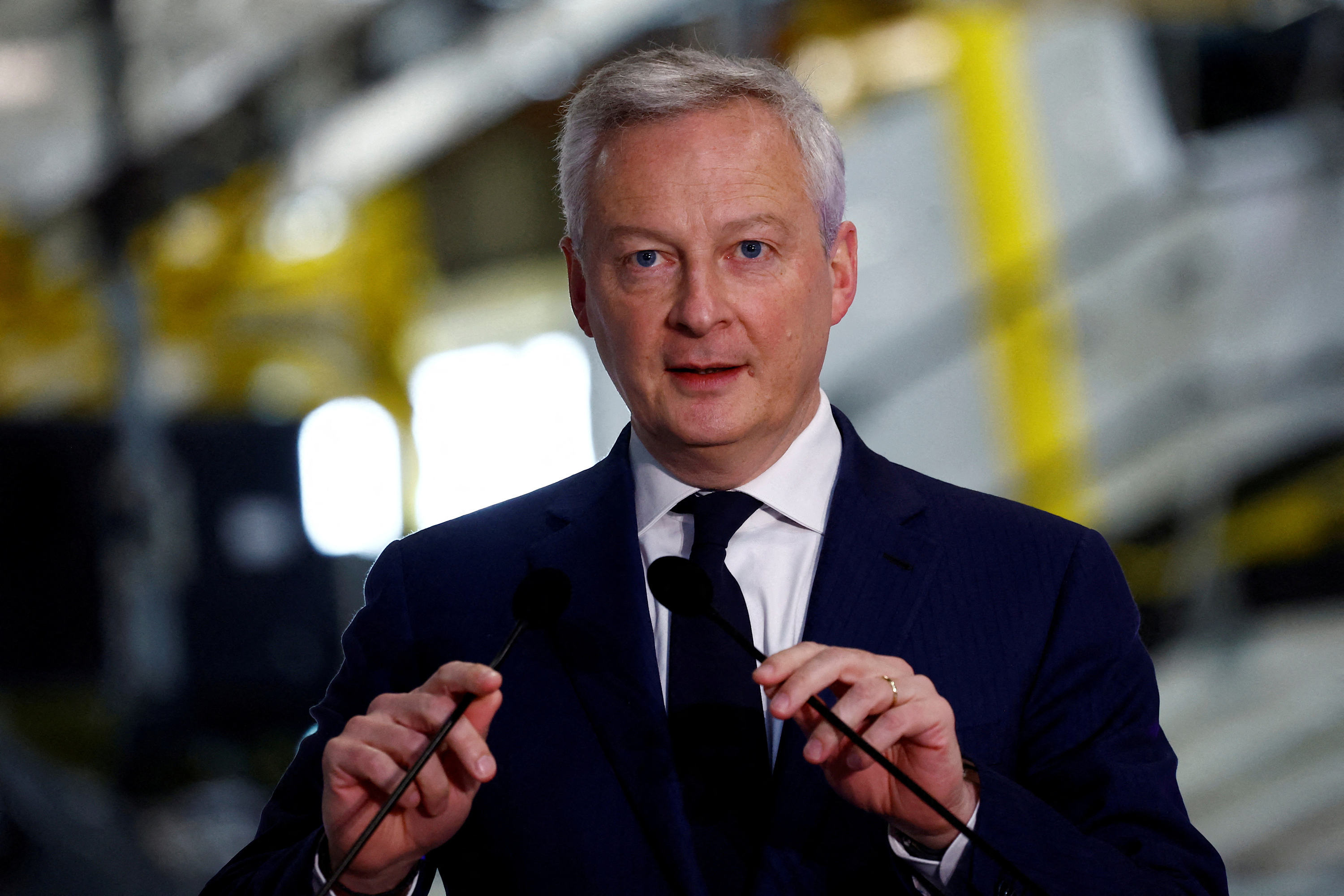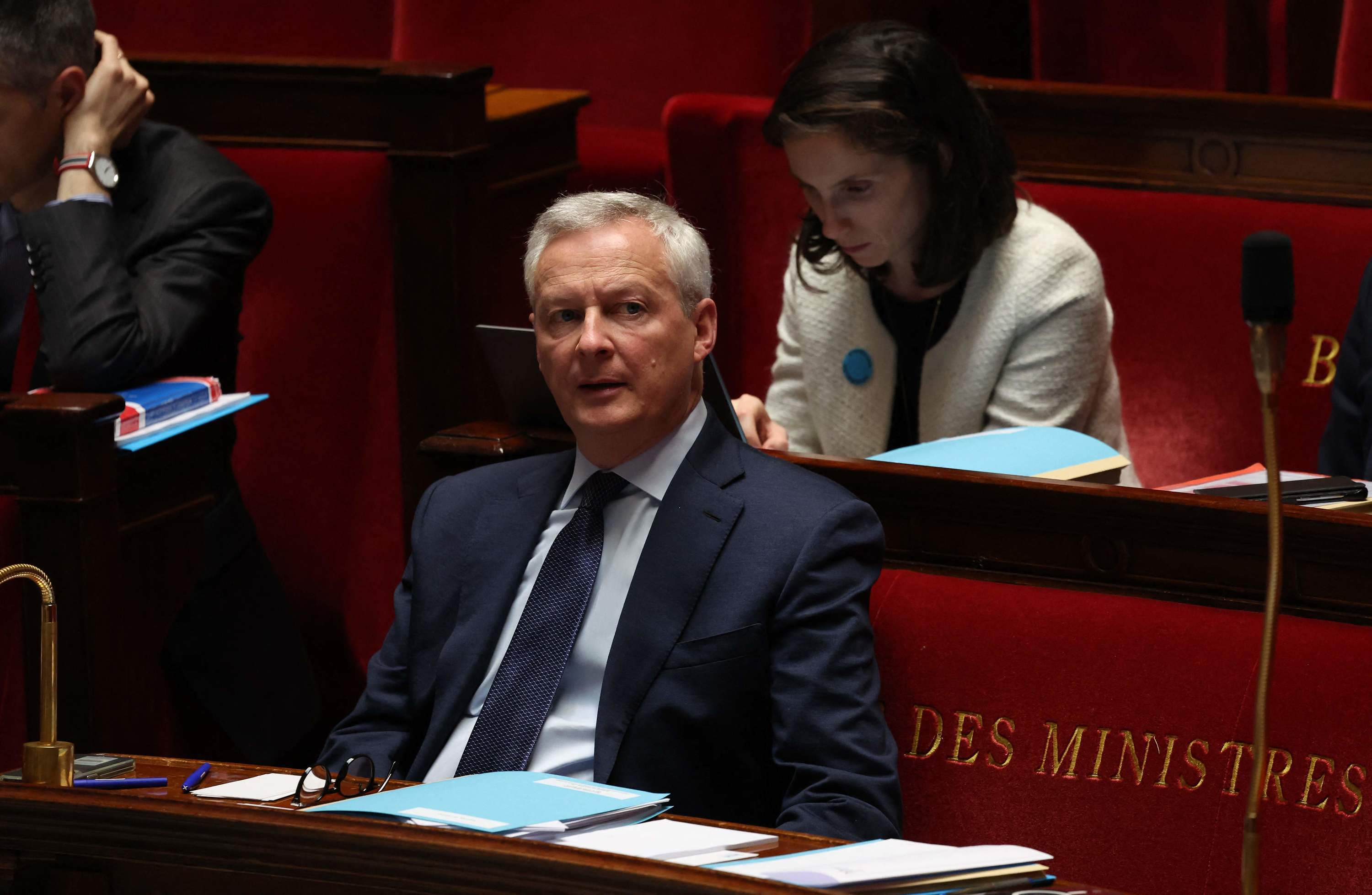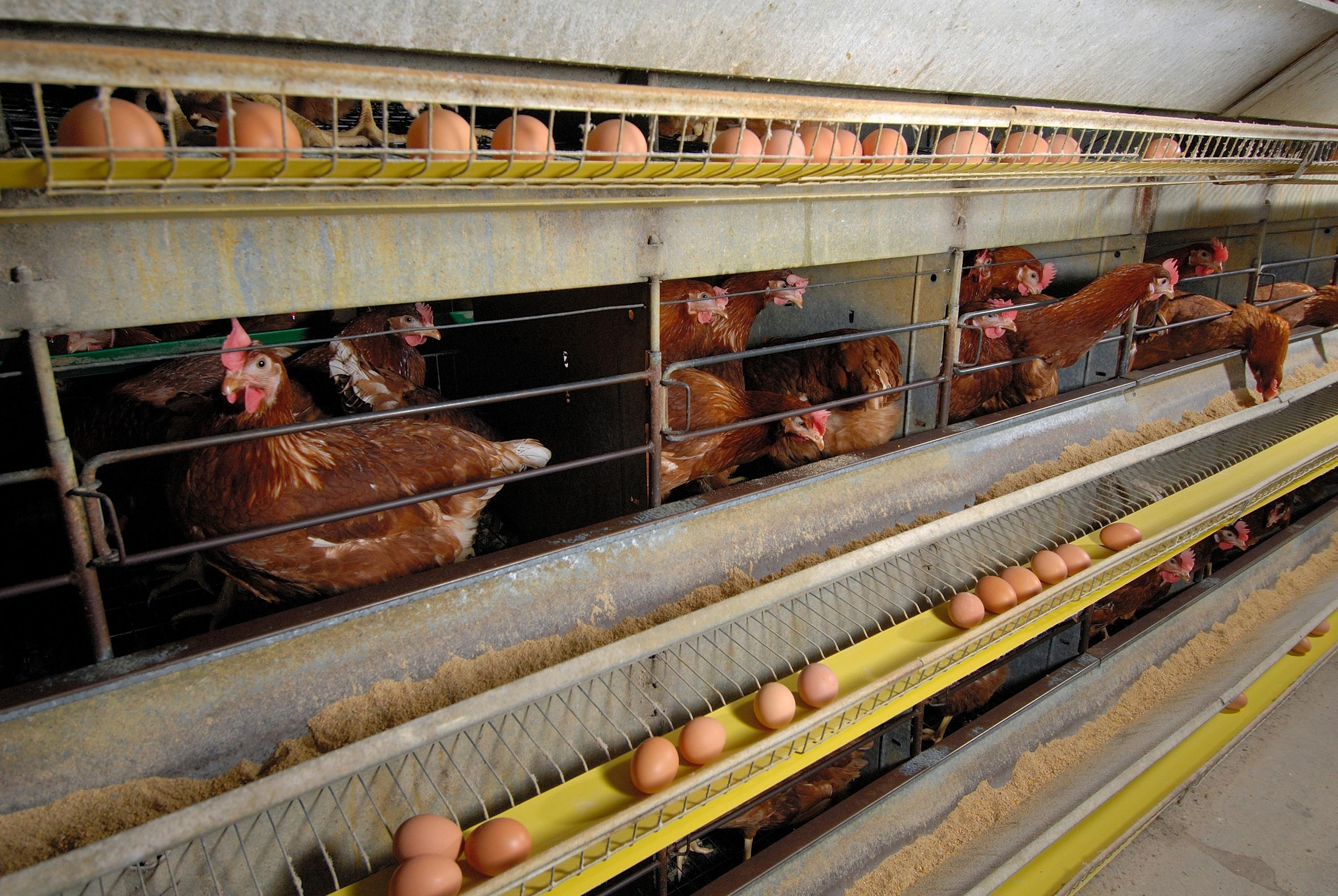From 2011 to 2022, Jörg Singer, 56, as non-party mayor of Helgoland, made a significant contribution to the modernization of the offshore island - above all by setting up a service center for the offshore wind power industry. He now works as a freelance management consultant and project developer. With his political contacts, he promotes the "Elbstrominsel" project of a Cuxhaven business initiative. An artificial island, washed up from sediment in the Medem channel, could bring movement to the deadlocked discussion about the siltation of the Elbe. The project would give the region a boost for a new energy industry, Singer told WELT AM SONNTAG.
WELT AM SONNTAG: Mr Singer, you invited Economics Minister Olaf Lies from Lower Saxony, Hamburg's Economics Senator Melanie Leonhard and Schleswig-Holstein's Environment Minister Tobias Goldschmidt to a boat tour on the Elbe in May - you want to explain the concept of an artificial island in the Elbe estuary to them on site . Does this go in the same direction as the "energy islands" that Denmark is planning in the North and Baltic Seas?
Jörg Singer: Our concept goes one step further. The planned artificial energy islands in Denmark are a transshipment point for energy and would have to be washed up on the open sea in water depths of around 50 meters. Against the background of my experience with hydraulic engineering projects on Heligoland, I cannot imagine how this is supposed to work economically. I don't see the added value there either. Our "Elbstrom Insel Initiative" is aiming for an artificially washed up island of up to 20 square kilometers in size at the Medem channel in the Elbe estuary. This is an area that dries up at low tide. The island could be washed up with dredged material, which the federal government and the neighboring states have to constantly get out of the Elbe anyway.
WELT AM SONNTAG: Where did the concept come from?
Singer: Lutz Machulez-Hellberg and Marc Itgen, entrepreneurs and business developers from Cuxhaven, are the initiators. I bring my knowledge of the island of Helgoland with me. The first studies of an artificial Elbe island were made with master's students from the Jade University. Together and on a voluntary basis, we are pushing the idea forward.
WELT AM SONNTAG: How is this artificial island in the Elbe supposed to work?
Singer: Multifunctional – wind turbines could be built there that not only generate and store “green” hydrogen from wind power, but also produce synthetic fuels that are then used in shipping, for example. Startup companies like Leviathan, on the other hand, want to use artificial intelligence and laser technology to recycle ships in order to keep steel, an important resource, in Europe. Because today this business is operated almost exclusively by shipyards and scrapping sites in Asia, above all in India, Pakistan or Malaysia. Many uses are conceivable on the artificial island: "green" molecules for the basic industry, a filling station for ships and a transhipment point for goods and goods. In any case, this would be an enormously unifying project for the three federal states around it.
WELT AM SONNTAG: How realistic is it that this artificial island will be created?
Singer: Hamburg alone has had to spend several hundred million euros in recent years to have the port dredged and to keep it free of silt. Added to this are the costs of the federal government and the other coastal states, not only for keeping the Elbe free, but also the Unterweser or the Jade. For a long time, everyone involved has been looking for a long-term viable solution to deposit the sediment further out in the North Sea in such a way that it does not return to the rivers soon afterwards. An artificial island could be used to permanently bind part of this sediment, probably around 300 million cubic meters in the largest expansion stage. This solves several problems at the same time.
WELT AM SONNTAG: That sounds too good to be true. 300 million cubic meters would be a multiple of the sediment that the federal and state governments have to remove from the Elbe every year.
Singer: In the past few decades, Rotterdam in particular has implemented huge hydraulic engineering projects by flushing out sediment, most recently the Maasvlakte 2 port expansion area. Since the 1960s, a number of companies from Germany have settled there, as well as in Antwerp. In this country one was much too hesitant with such large projects on the coast. Decades ago, Hamburg and Lower Saxony could have jointly realized a multifunctional deep-water port off Cuxhaven with the Scharhörn project at the time of the first oil crisis. The Port of Hamburg would probably not have many of its problems today with that.
WELT AM SONNTAG: Can such an island be built in an environmentally friendly way?
Singer: Intensive tests of environmental compatibility would and must of course be carried out as soon as it is clear that such a project will be supported and promoted by politicians. I was in Hetlingen some time ago, there is one of the largest German sewage treatment plants in the middle of a nature reserve - on the Hetlinger Schanze near Wedel on an area that was washed up 60 years ago with dredged material from the Elbe.
WELT AM SONNTAG: You are co-founder and 1st chairman of the AquaVentus development association on Helgoland. The association wants to promote the production of "green" hydrogen using offshore wind power on the North Sea. Where do you stand on this topic today?
Singer: The topic of green hydrogen from the sea is no longer a vision. In the meantime, several countries bordering the North Sea are already discussing the construction of a hydrogen pipeline network at sea. And the states, including Germany, are also formulating concrete goals for the construction of special offshore wind farms for the production of hydrogen in the North Sea. This year, the Federal Maritime and Hydrographic Agency (BSH) in Hamburg will advertise a first area for wind turbines for the production of hydrogen with a total output of one gigawatt – 1000 megawatts – to be erected. That would be equivalent to installing about 70 of today's largest offshore wind turbines. Various studies currently see a potential of around 100 gigawatts of installed capacity by 2050 for transnational, European hydrogen production on the North Sea. The die will be cast in the next few weeks for the necessary pipeline network with a European perspective.
WELT AM SONNTAG: What role does AquaVentus play in all of this? Are you some kind of think tank?
Singer: As a support association with currently 100 members - companies, associations, scientific institutes - we are above all a network that brings together the players on the subject of hydrogen from the North Sea. In 2022 we also founded the "Hydrogen Eight", among others with IG Metall, the Federal Association of Wind Farm Operators Offshore and the German Hydrogen and Fuel Cell Association. This initiative is more like a think tank that basically advises on new ways, in this case on the implementation of a hydrogen economy at sea. There is a huge need for “green” hydrogen to decarbonize our economy. You have to think about it in the overall system and also in European terms. To do this, we want to bring the actors and ideas together and remove obstacles as early as possible.
WELT AM SONNTAG: Why did you resign as mayor of Helgoland after two terms?
Singer: I was able to initiate and implement many fundamental changes there over the course of twelve years - the first LNG ferry, affordable housing, modernizing tourism on the island and enabling the offshore wind power industry to settle on Heligoland. Many of these projects were finished for me, and now it's time for something new. Now I'm working as a freelance management consultant and project developer again and I'm also involved in many honorary functions. I will continue to live on Heligoland and remain closely connected to the island, including as the head of the Lange Anna Foundation.

 What is chloropicrin, the chemical agent that Washington accuses Moscow of using in Ukraine?
What is chloropicrin, the chemical agent that Washington accuses Moscow of using in Ukraine? Poland, big winner of European enlargement
Poland, big winner of European enlargement In Israel, step-by-step negotiations for a ceasefire in the Gaza Strip
In Israel, step-by-step negotiations for a ceasefire in the Gaza Strip BBVA ADRs fall almost 2% on Wall Street
BBVA ADRs fall almost 2% on Wall Street Sánchez cancels his agenda and considers resigning: "I need to stop and reflect"
Sánchez cancels his agenda and considers resigning: "I need to stop and reflect" The Federal Committee of the PSOE interrupts the event to take to the streets with the militants
The Federal Committee of the PSOE interrupts the event to take to the streets with the militants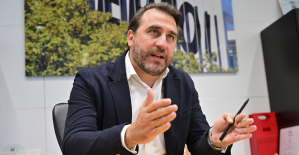 Repsol: "We want to lead generative AI to guarantee its benefits and avoid risks"
Repsol: "We want to lead generative AI to guarantee its benefits and avoid risks" Osteoarthritis: an innovation to improve its management
Osteoarthritis: an innovation to improve its management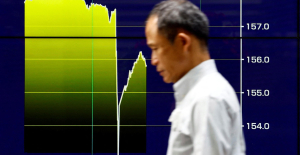 The yen jumps 3% then falls again, amid speculation of Japanese intervention
The yen jumps 3% then falls again, amid speculation of Japanese intervention A very busy Friday on the roads of Île-de-France before the Ascension Bridge
A very busy Friday on the roads of Île-de-France before the Ascension Bridge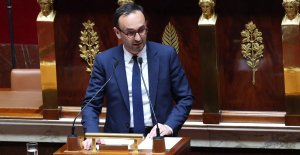 Fraud: the government is preparing new measures for the fall
Fraud: the government is preparing new measures for the fall Nike breaks the bank to keep the Blues jersey
Nike breaks the bank to keep the Blues jersey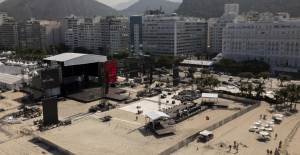 Madonna ends her world tour with a giant - and free - concert in Copacabana
Madonna ends her world tour with a giant - and free - concert in Copacabana Harry Potter: Daniel Radcliffe “really saddened” by his final breakup with J.K. Rowling
Harry Potter: Daniel Radcliffe “really saddened” by his final breakup with J.K. Rowling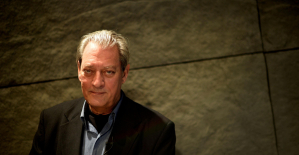 Leviathan, New York Trilogy... Five books by Paul Auster that you must have read
Leviathan, New York Trilogy... Five books by Paul Auster that you must have read Italy wins a decisive round against an American museum for the restitution of an ancient bronze
Italy wins a decisive round against an American museum for the restitution of an ancient bronze Omoda 7, another Chinese car that could be manufactured in Spain
Omoda 7, another Chinese car that could be manufactured in Spain BYD chooses CA Auto Bank as financial partner in Spain
BYD chooses CA Auto Bank as financial partner in Spain Tesla and Baidu sign key agreement to boost development of autonomous driving
Tesla and Baidu sign key agreement to boost development of autonomous driving Skoda Kodiaq 2024: a 'beast' plug-in hybrid SUV
Skoda Kodiaq 2024: a 'beast' plug-in hybrid SUV The home mortgage firm rises 3.8% in February and the average interest moderates to 3.33%
The home mortgage firm rises 3.8% in February and the average interest moderates to 3.33% This is how housing prices have changed in Spain in the last decade
This is how housing prices have changed in Spain in the last decade The home mortgage firm drops 10% in January and interest soars to 3.46%
The home mortgage firm drops 10% in January and interest soars to 3.46% The jewel of the Rocío de Nagüeles urbanization: a dream villa in Marbella
The jewel of the Rocío de Nagüeles urbanization: a dream villa in Marbella Europeans: a senior official on the National Rally list
Europeans: a senior official on the National Rally list Blockade of Sciences Po: the right denounces a “drift”, the government charges the rebels
Blockade of Sciences Po: the right denounces a “drift”, the government charges the rebels Even on a mission for NATO, the Charles-de-Gaulle remains under French control, Lecornu responds to Mélenchon
Even on a mission for NATO, the Charles-de-Gaulle remains under French control, Lecornu responds to Mélenchon “Deadly Europe”, “economic decline”, immigration… What to remember from Emmanuel Macron’s speech at the Sorbonne
“Deadly Europe”, “economic decline”, immigration… What to remember from Emmanuel Macron’s speech at the Sorbonne These French cities that will boycott the World Cup in Qatar
These French cities that will boycott the World Cup in Qatar Mercato: Verratti at Barça? A track studied
Mercato: Verratti at Barça? A track studied Rugby: after the defeat during the Six Nations, the Blues will meet the English in September for a test match
Rugby: after the defeat during the Six Nations, the Blues will meet the English in September for a test match Premier League: Liverpool unveils its new jersey for next season
Premier League: Liverpool unveils its new jersey for next season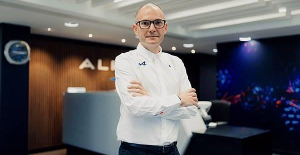 Formula 1: Alpine holds its new executive technical director
Formula 1: Alpine holds its new executive technical director




